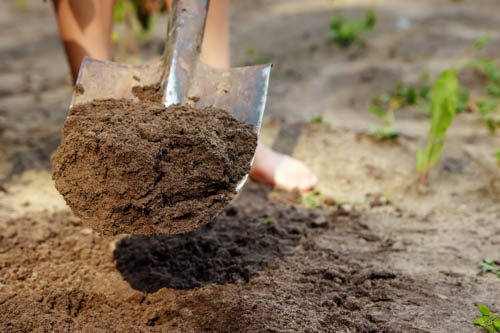Introduction
Gardening in clay soil presents unique challenges and opportunities for plant enthusiasts. Clay soil is dense and holds water well but often leads to poor drainage and compacted roots if not managed properly. Understanding how to plant a garden in clay soil is essential for healthy plant growth and vibrant gardens. This article explores the characteristics of garden clay soil, the best plants suited for it, and expert strategies to improve soil structure and plant health.
What Is Clay Soil and Why Does It Matter?
Clay soil consists of very fine mineral particles that stick together tightly. This results in several key characteristics:
- High water retention: Clay holds moisture longer than sandy soils, which can be beneficial in dry climates.
- Poor drainage: Excess water can cause root rot and suffocation due to lack of air.
- Compaction: Heavy clay tends to compact, making it hard for roots to penetrate.
- Nutrient richness: Clay particles hold nutrients well, providing a fertile base if managed correctly.
Understanding these traits helps gardeners choose the right approach to planting and soil amendment.
Best Plants for Clay Soil Gardens
Certain plants thrive naturally in clay soil. Selecting the right species can minimize maintenance and maximize garden success. Here are top recommendations:
Trees and Shrubs
- River Birch (Betula nigra): Tolerates wet, heavy soils.
- Redbud (Cercis canadensis): Adapts well to clay and adds spring color.
- Forsythia: A hardy shrub that thrives in dense soils.
Perennials and Flowers
- Daylilies (Hemerocallis): Resilient with minimal soil demands.
- Coneflowers (Echinacea): Tolerate poor drainage and heavy soils.
- Black-eyed Susan (Rudbeckia): Flourishes in clay with bright blooms.
Vegetables
- Cabbage and broccoli: Prefer moisture-retentive soils.
- Beans: Adapt well to clay with proper drainage.
Choosing plants suited to clay soil reduces the need for excessive soil modification and improves garden resilience.
How to Improve Clay Soil for Planting
Improving clay soil involves enhancing its structure to increase aeration, drainage, and root penetration. Follow these expert tips:
- Incorporate Organic Matter: Adding compost, aged manure, or leaf mold breaks up clay particles and improves texture.
- Use Gypsum: Gypsum (calcium sulfate) helps to loosen compacted clay and improve soil structure without altering pH.
- Apply Mulch: Mulching with wood chips or straw retains moisture and gradually improves soil as it decomposes.
- Avoid Overworking: Excessive tilling can worsen compaction; work the soil only when moist.
- Create Raised Beds: Elevating planting areas improves drainage and root growth.
Regular amendments and careful soil management lead to healthier plants and easier gardening.
Planting Techniques for Success in Clay Soil
Effective planting methods can mitigate clay soil challenges:
- Dig wide, shallow holes: Clay soil compacts easily, so give roots space to spread.
- Amend planting holes: Mix native clay with compost and coarse sand to create a looser environment.
- Water deeply but infrequently: This encourages deep root growth and prevents surface waterlogging.
- Use drip irrigation: Controls moisture levels precisely, preventing oversaturation.
These practical techniques optimize plant establishment and growth in clay conditions.
Real-World Example: Successful Clay Soil Garden
In a study conducted by the University of Minnesota Extension, gardeners who amended clay soil with 2-3 inches of organic matter annually saw a 30% increase in plant growth and reduced water runoff. Home gardeners reported healthier perennials and vegetables after adopting raised beds and mulching strategies. These results underscore the effectiveness of combining soil improvement with smart planting practices.
Conclusion
Planting a garden in clay soil requires understanding its properties and adapting your gardening approach. By selecting suitable plants, improving soil structure with organic matter and gypsum, and using careful planting techniques, gardeners can transform dense, challenging clay into a thriving garden space. Embrace these expert tips to unlock the full potential of your clay soil garden and enjoy healthy, vibrant plants year-round.
